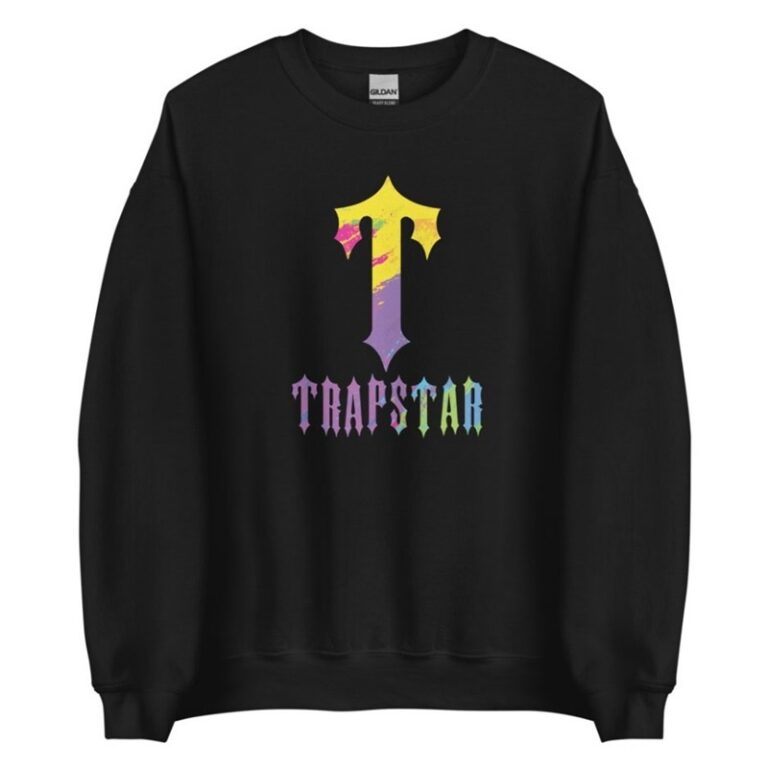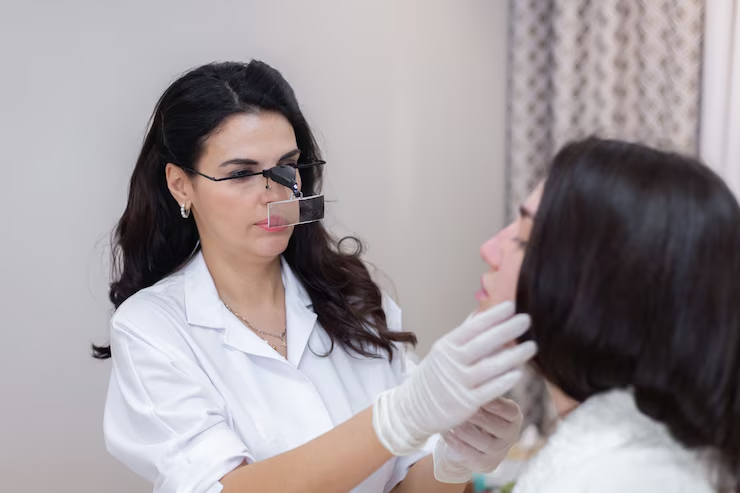The convenience of on-demand delivery has revolutionized industries, and alcohol is no exception. In recent years, alcohol delivery apps have gained popularity, offering consumers a seamless way to get their favorite drinks delivered right to their doorsteps. But creating an alcohol delivery app that works for everyone—customers, vendors, and delivery personnel—requires careful planning, robust features, and an understanding of legal and operational challenges. This guide will walk you through the essential steps to building a successful alcohol delivery app.
Understanding Alcohol Delivery App Development
Before diving into the technicalities of developing an alcohol delivery app, it’s crucial to understand what it entails. Alcohol delivery app development involves creating a platform that connects liquor stores or alcohol distributors with consumers through a user-friendly interface. The app needs to manage customer orders, verify age, track delivery, and ensure compliance with local laws.
Building a functional alcohol delivery app requires multiple stages, including planning, designing, coding, testing, and post-launch updates. Each of these stages contributes to creating an app that not only provides a smooth user experience but also handles the intricacies of legal compliance.
Essential Features for an Alcohol Delivery App
To ensure your alcohol delivery app works for everyone, you need to incorporate specific features that meet the needs of all stakeholders—customers, vendors, and delivery personnel.
1. User-Friendly Interface
Your app’s design should be intuitive, with simple navigation that allows users to browse products, add items to the cart, and place orders effortlessly. A well-designed user interface (UI) ensures users can find what they’re looking for without getting frustrated by cluttered screens or complicated steps.
2. Age Verification
Since selling alcohol is heavily regulated, age verification is a critical feature in alcohol delivery app development. You must integrate a reliable age-verification process that requires users to upload an ID or complete a real-time verification before placing an order. Ensuring that your app complies with legal standards will help avoid fines and protect your business from liability.
3. Real-Time Inventory Management
For an alcohol delivery app to run smoothly, it’s important to have an up-to-date inventory system. Integrating real-time inventory tracking allows vendors to manage stock efficiently, ensuring customers only order available items. A well-maintained inventory system also minimizes cancellations and ensures a better customer experience.
4. Order Tracking
Incorporating real-time order tracking is essential for improving transparency and enhancing the user experience. This feature allows customers to track the status of their orders from confirmation to delivery. For delivery drivers, it offers optimized routes and delivery schedules, helping them make timely deliveries.
5. Multiple Payment Options
Providing a range of payment options is a necessity in today’s digital world. Your alcohol delivery app should support credit/debit cards, mobile wallets, and other payment gateways. Secure payment integration helps build trust and ensures seamless transactions.
6. Push Notifications
Push notifications keep users informed about their orders, ongoing promotions, and app updates. Whether it’s notifying customers about their delivery status or promoting limited-time discounts, push notifications help keep users engaged with your app.
7. Geo-Location and Delivery Zones
To manage logistics effectively, geo-location features must be integrated into the app. This ensures that users can enter accurate delivery addresses and that delivery zones are clearly defined based on the operating regions of the app. This also helps delivery drivers find the most efficient routes, reducing delivery time.
Steps to Build an Alcohol Delivery App
To develop a successful alcohol delivery app, follow these steps:
1. Market Research and Planning
The first step in alcohol delivery app development is conducting comprehensive market research. Understand your target audience, competitors, and the specific laws governing alcohol delivery in your region. Use this information to plan your app’s features, business model, and marketing strategy.
2. Choose a Business Model
You can choose from different business models when developing your app:
- Single-store model: You own a liquor store and offer delivery services via your app.
- Marketplace model: You partner with multiple vendors to offer a wide variety of alcohol products.
- On-demand model: Delivery drivers are contracted to pick up and deliver orders, similar to ride-hailing services.
Your choice of model will influence app functionality, partnerships, and logistics management.
3. Select a Tech Stack
Selecting the right technology stack is crucial for the app’s performance, scalability, and security. Common tech stacks for alcohol delivery apps include:
- Frontend: React Native, Swift, or Flutter for mobile app development.
- Backend: Node.js, Python, or Ruby on Rails for robust server-side functionality.
- Database: MySQL or MongoDB for storing user, vendor, and order data.
- Payment Gateway Integration: Stripe, PayPal, or Square for secure payment processing.
Collaborate with experienced developers who understand the intricacies of alcohol delivery app development.
4. App Design and Development
Once you’ve chosen your tech stack, start with wireframing and prototyping your app. This stage involves creating user journeys, defining workflows, and ensuring the UI is intuitive and appealing. After wireframes are finalized, your developers will start coding the app’s frontend and backend.
Focus on creating an agile development environment to allow flexibility and incorporate feedback during the development process.
5. Testing and Quality Assurance
Testing is essential before launching the app. Conduct multiple rounds of testing to identify bugs, improve performance, and ensure the app is compatible with different devices. Testing should also ensure that critical features like age verification, payment processing, and order tracking work flawlessly.
6. Launch and Marketing
Once the app is fully tested, it’s time to launch. However, launching alone is not enough—you also need to have a solid marketing strategy in place. Promote your app through social media, email campaigns, and local partnerships with liquor stores to attract customers.
Legal Considerations for Alcohol Delivery Apps
When it comes to alcohol delivery, legal compliance is critical. Different regions have various regulations concerning the sale and delivery of alcohol. You’ll need to ensure your app complies with local laws, which may include restrictions on delivery times, alcohol types, and customer age verification. Consulting with legal experts and ensuring your app meets all the necessary regulations is key to avoiding legal complications.
Conclusion
Building a successful delivery app requires more than just solid programming—it involves creating an experience that benefits all parties involved while staying compliant with laws and regulations. By focusing on user-friendly features, legal compliance, real-time updates, and a well-structured business model, you can create an alcohol delivery app that works for everyone.
FAQs
1. What is alcohol delivery app development?
Alcohol delivery app development refers to the process of designing, coding, and launching an app that allows consumers to order alcohol online and have it delivered to their location. This process includes integrating features like age verification, real-time order tracking, and payment processing.
2. How do I ensure legal compliance when building an alcohol delivery app?
You can ensure legal compliance by incorporating age verification features, adhering to local alcohol sales regulations, and consulting with legal experts to ensure your app meets regional requirements for alcohol delivery.
3. What are the costs involved in alcohol delivery app development?
The cost of developing an alcohol delivery app varies based on factors like features, design complexity, and technology stack. A basic app might cost between $30,000 to $50,000, while a more feature-rich, scalable app could cost $100,000 or more.
4. How long does it take to build an alcohol delivery app?
The development timeline depends on the complexity of the app. On average, it can take anywhere from 4 to 6 months to build a fully functional alcohol delivery app.
5. Can I build an alcohol delivery app with multiple vendors?
Yes, a marketplace model allows you to partner with multiple liquor vendors, offering users a broader selection of products. This model requires advanced functionality, such as real-time inventory management across multiple stores.








